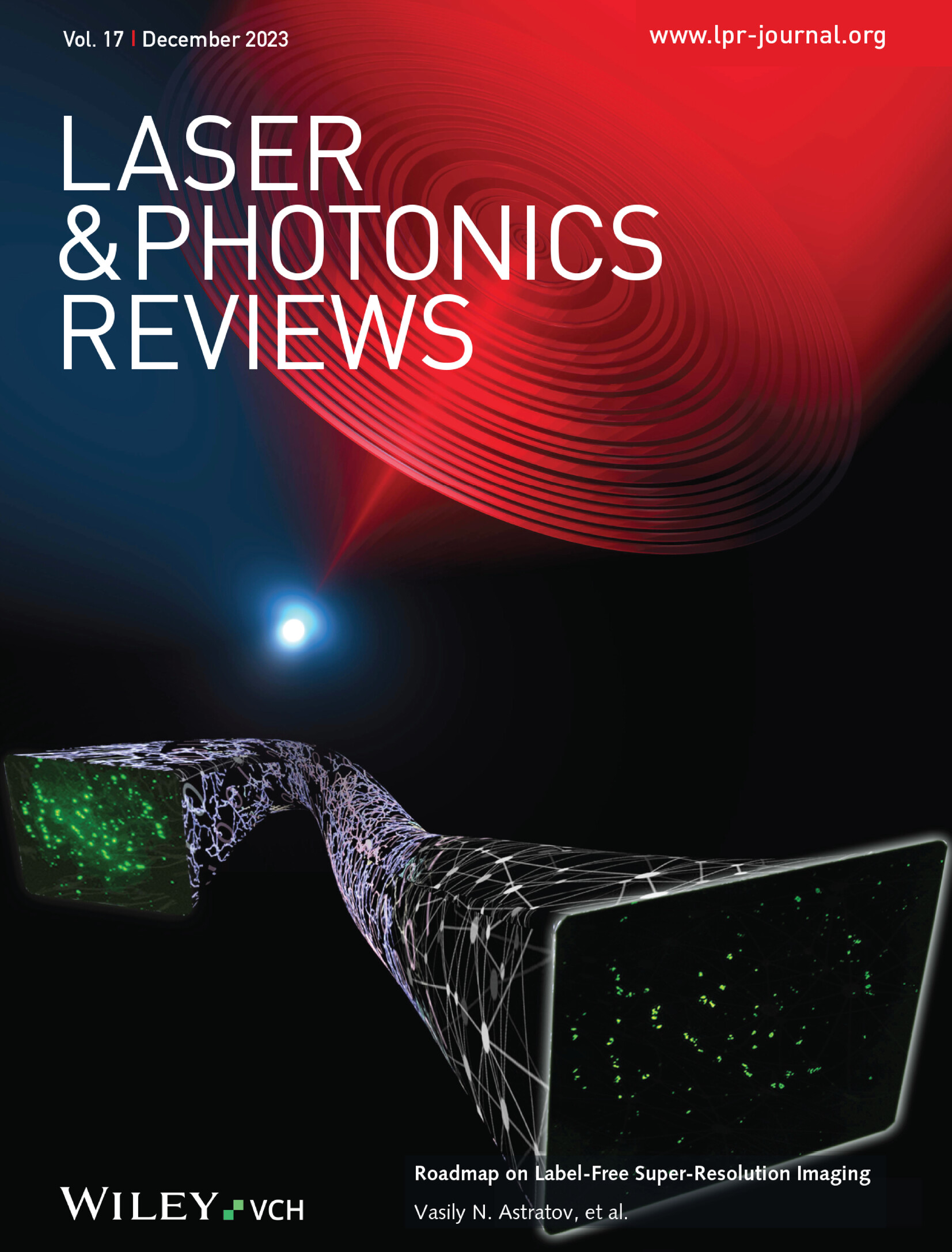Development of Figure‐of‐Nine Laser Cavity for Mode‐Locked Fiber Lasers: A Review
IF 9.8
1区 物理与天体物理
Q1 OPTICS
引用次数: 0
Abstract
Artificial saturable absorbers (SA) are nonlinear optical devices widely employed in mode‐locked lasers. Among the artificial SAs are nonlinear polarization evolution (NPE) and nonlinear amplifying loop mirrors that can work in either figure‐of‐eight (Fo8) or figure‐of‐nine (Fo9) laser cavities. The NPE technique is highly sensitive to environmental perturbations. Both Fo8 and Fo9 laser cavities exhibit a higher environmental stability than the NPE technique. Here the recent advances of the Fo9 laser cavity, with a focus on the pulse formation mechanisms and the role of different cavity parameters that can enable ultrafast mode‐locking analyses are discussed. Besides, the recent development of using the Fo9 laser cavity to generate high‐energy rectangular laser pulses through either dissipative soliton resonance or noise‐like pulse regimes is also reviewed. In conclusion, the current issues and challenges of pulse formation through the Fo9 laser cavity are highlighted and recommendations for future research directions are proposed. This review is expected to provide a deeper insight into the Fo9 laser cavity as the next generation of artificial SA with interesting cavity structures, laser features, and output performances.为模式锁定光纤激光器开发九宫格激光腔:综述
人工可饱和吸收体(SA)是一种非线性光学器件,广泛应用于锁相激光器中。人工可饱和吸收体包括非线性偏振演化(NPE)和非线性放大环镜,可在八号(Fo8)或九号(Fo9)激光腔中工作。NPE 技术对环境扰动高度敏感。与 NPE 技术相比,Fo8 和 Fo9 激光腔具有更高的环境稳定性。本文讨论了 Fo9 激光腔的最新进展,重点是脉冲形成机制以及不同腔参数在超快锁模分析中的作用。此外,还综述了利用 Fo9 激光腔通过耗散孤子共振或类噪声脉冲产生高能矩形激光脉冲的最新进展。最后,重点介绍了当前通过 Fo9 激光腔形成脉冲所面临的问题和挑战,并对未来的研究方向提出了建议。本综述有望让人们更深入地了解 Fo9 激光腔作为下一代人工 SA 的有趣腔体结构、激光特性和输出性能。
本文章由计算机程序翻译,如有差异,请以英文原文为准。
求助全文
约1分钟内获得全文
求助全文
来源期刊
CiteScore
14.20
自引率
5.50%
发文量
314
审稿时长
2 months
期刊介绍:
Laser & Photonics Reviews is a reputable journal that publishes high-quality Reviews, original Research Articles, and Perspectives in the field of photonics and optics. It covers both theoretical and experimental aspects, including recent groundbreaking research, specific advancements, and innovative applications.
As evidence of its impact and recognition, Laser & Photonics Reviews boasts a remarkable 2022 Impact Factor of 11.0, according to the Journal Citation Reports from Clarivate Analytics (2023). Moreover, it holds impressive rankings in the InCites Journal Citation Reports: in 2021, it was ranked 6th out of 101 in the field of Optics, 15th out of 161 in Applied Physics, and 12th out of 69 in Condensed Matter Physics.
The journal uses the ISSN numbers 1863-8880 for print and 1863-8899 for online publications.

 求助内容:
求助内容: 应助结果提醒方式:
应助结果提醒方式:


